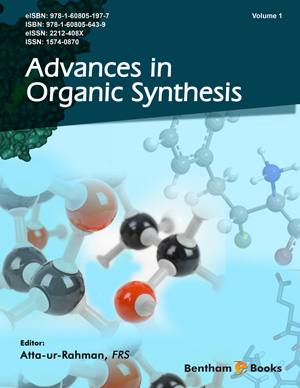Abstract
This chapter is exclusively devoted to molecular clusters. Molecular clusters
refer to finite aggregates of molecules or compounds. In such clusters, molecules are
usually bound by hydrogen bonding, van der Waals, or similar weak interactions. We
have shown some examples of molecular clusters, such as the clusters of H2O and LiF
molecules. Alkaline-earth metal oxide clusters such as (BeO)N
, (MgO)N
, and (CaO)N
have specifically been discussed, and their hydrogen storage behavior have been
explored using various DFT methods such as B3LYP, PBE-D3, M06-2X, etc. B3LYP
is a hybrid functional. PBE-D3 is a dispersion-corrected GGA functional, whereas
M06-2X is a meta GGA functional, as discussed in Chapter 1. It was found that small
(BeO)N
clusters prefer planar structures due to partially covalent Be-O bonds, unlike
ionic Mg-O and Ca-O bonds. Although all these clusters can effectively adsorb H2
molecules, smaller clusters serve as better adsorbents due to the high percentage mass
ratio.
Keywords: Adsorption energy, Alkaline-earth metal oxides, Binding energy, DFT study, Hydrogen storage, H2O clusters, LiF clusters, Molecular clusters.






















